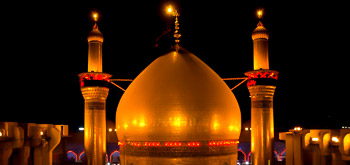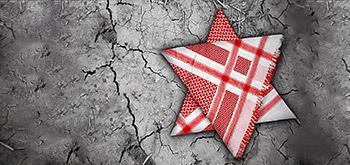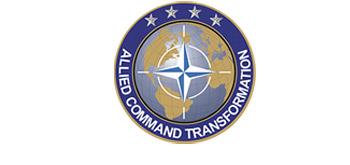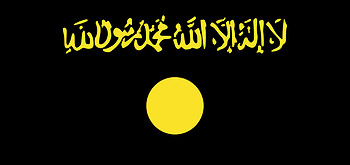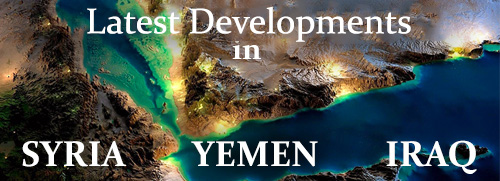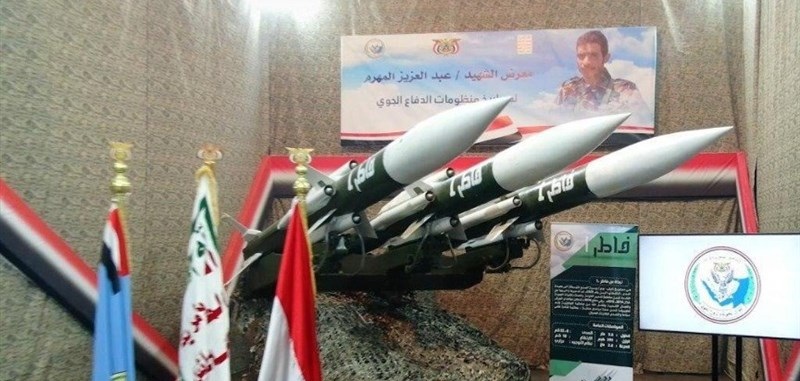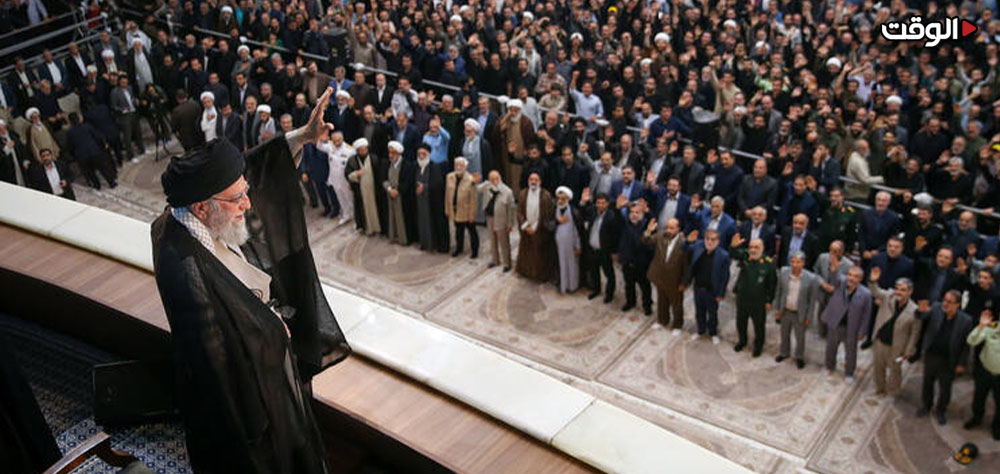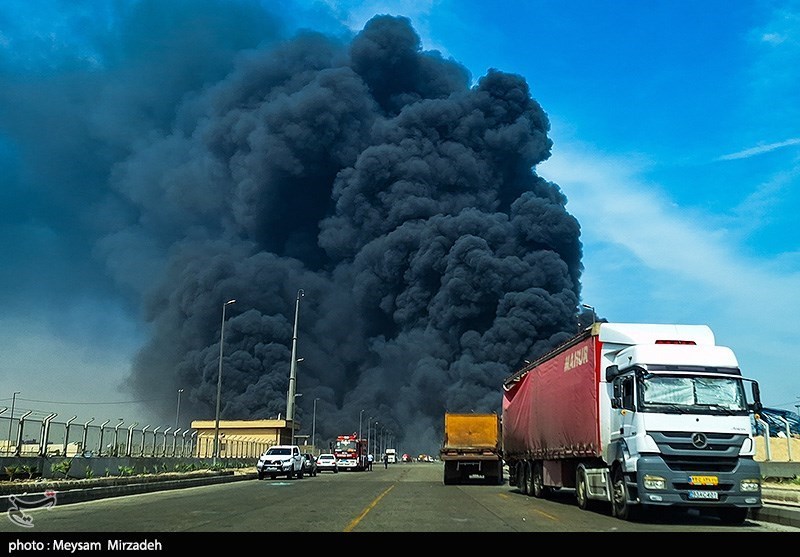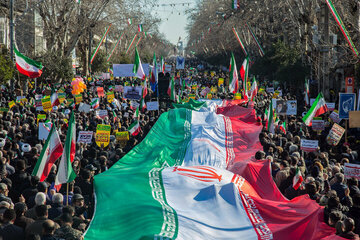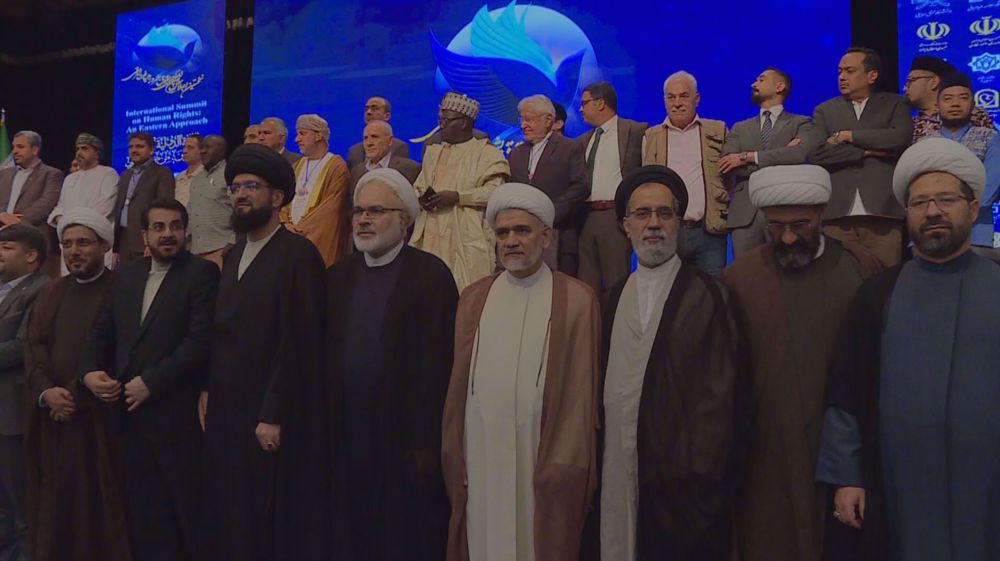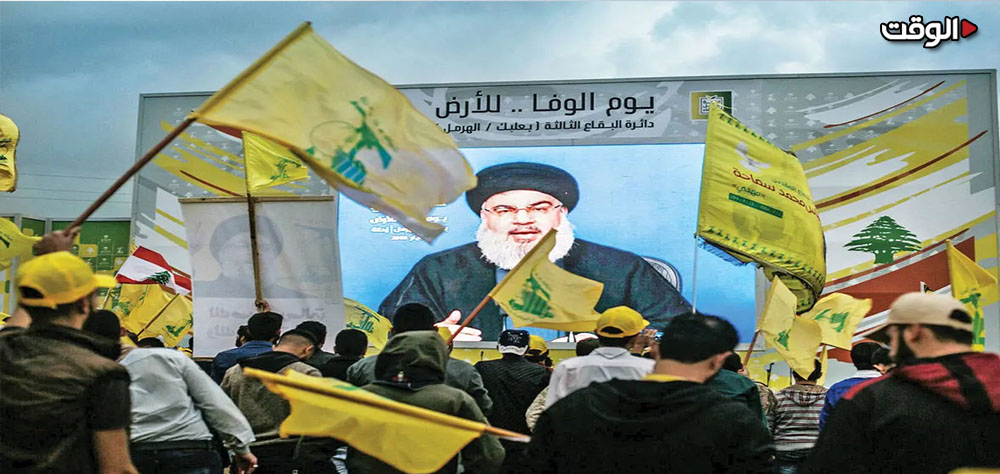Alwaght- Yemeni armed forces have unveiled four domestically-built long-range, surface-to-air missile defense systems, which are expected to make up the various layers of the country’s missile deference.
The president of Yemen’s Supreme Political Council and commander-in-chief of the armed forces, Mahdi al-Mashat, who was speaking at a ceremony in the capital Sana’a on Sunday, identified the systems as Fater-1 (Innovator-1), Thaqib-1 (Piercer-1), Thaqib-2 and Thaqib-3.
The missiles were majorly reverse-engineered from the Russian R-73 air-to-air missiles that over the past years were delivered to Yemen to be used by Russian-provided fighter jets. Fighter jets, which make up the main defense layer of every country, were deprived of the missiles to respond to the Saudi aggression as Yemen is under the United Nations Security Council sanctions. Now the Yemeni defense experts have repurposed the missiles by introducing changes to them and making them surface-to-air.
Surface-to-air missiles have been the source of Saudi rulers’ anger as they appear to have been used over the past few months to target Saudi helicopters operating in the Yemeni skies. Although the Yemenis have already shown their expertise and advances in missile technology, the Thaqib 1 and 2 missiles would be game changers in the Yemeni deterrence power in the face of the Saudi attacks.
Deterrence in its simplest sense is that a country using its offensive arms can send a message to the opposite side telling it that it has the adequate capability to retaliate if attacked. This is the simplest form of deterrence that Yemen can take advantage of to hit the Saudi infrastructure in retaliation to the Arab kingdom’s atrocities against the Yemeni civilians.
The Yemenis during the war years used this strategy and hit the Saudi airports and oil facilities but this strategy has so far could not check the Saudi violations.
With the new deterrent missiles which require more complicated technology than the offensive ones, the Yemenis have proven to the world that they cross the limitation lines to reach the highest levels of self-defense and even turn into a new regional missile power by reliance on their national will.
This can be resoundingly influential to prevent further air attacks on the Yemeni civilians. Enhanced missile power can send a clear message to the Saudis, telling them that not only Yemen hits their oil facilities and airports but also from now on, the Yemeni skies are not safe to the Saudi helicopters.
This new capability can substantially transform the war equations as one of the supremacy points of the Saudi forces in the ground clashes over the past five years has been the air support offered by the helicopters of the Arab coalition. Now facing this emerging capability, the Saudis would not be able to easily deploy their attack helicopters to the frontlines to cover their forces, or they have to pay a high price as they should expect their downing by new Yemeni missiles.
Even the multi-million dollar Saudi fighter jets that are ordinarily deployed to Yemen’s depth to bomb some of its infrastructure from now on will not be safe from the new Yemeni missiles. Last week, Yemeni air defense shot down a Tornado fighter jet while on a bombing mission in the Yemeni skies. The Yemeni army and popular committees’ show of apparent war dominance against the Saudi-led forces on the ground along with destroying the aggression camp’s air superiority will worsen the status of the nightmarishly-crippled Saudi army in Yemen war.




